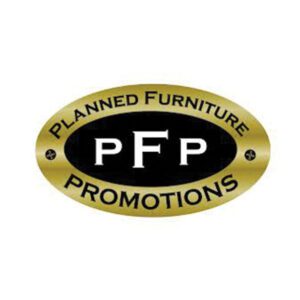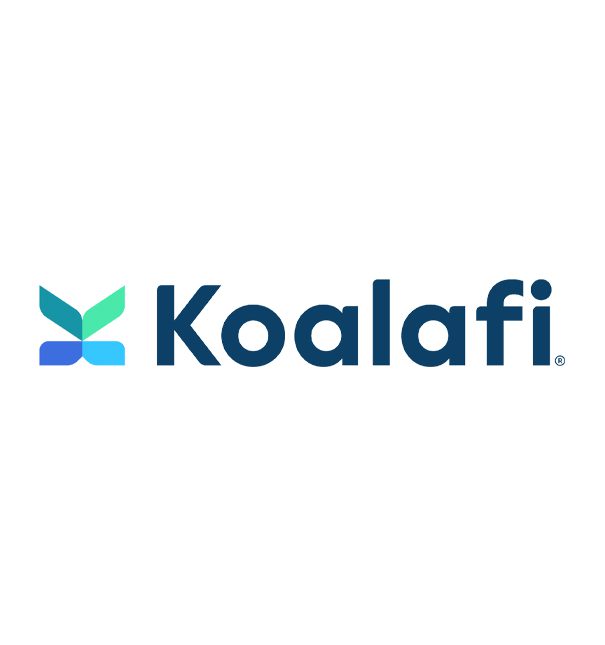For many independent furniture retailers, succession planning is more complex than expected. The next generation often chooses different careers; employees rarely have the vendor credit support to carry on, and outside buyers may not value the business the way the owner does. Understanding the realities of exit strategies — and avoiding common pitfalls — is essential to protecting both financial and personal legacy.
No Successor, No Problem: Exploring Your Options
- Sell to a competitor. This can be viable, but owners should ensure they retain the rights to conduct their own “retirement” or “going-out-of-business” event. Buyers often don’t want the existing inventory, goodwill, or marketing event, yet those are frequently the most valuable pieces for the seller. Competitors typically only want the real estate or market share.
- Sell to a private buyer, investor, or employee. These scenarios face the same major obstacle: vendor credit. Even long-established stores with impeccable histories see vendors extend little to no credit to a new entity. ESOPs (employee stock ownership plans) occasionally work, but more often they fail. Owners selling to employees frequently finance the deal themselves, only to take the business back within 6–24 months when credit issues surface, and sadly, we’ve seen goodwill virtually destroyed. Frequently, the liquidation value and the integrity of the inventory are seriously diminished.
- Liquidation. When a clean exit is needed, liquidation remains the most reliable option. It guarantees conversion of assets to cash on a set timeline, protects equity, and allows owners to exit with dignity.
How to Prepare for a Sale or Liquidation
- Financial clarity: Eliminate personal expenses from the books, clean up payables, and ensure records are clear.
- Inventory preparation: Work down excess stock, cost-code every item, and isolate slow sellers and orphans. Lamps move well; tabletops and florals often don’t.
- Showroom presentation: Stage as you would for any sale — clean, fresh, and appealing.
- Backlog reality: Deposits and special orders are usually liabilities, not assets. Freight, commissions, cost of goods, sales tax, and labor usually exceed the incoming CODs by a wide margin. Build a cash flow budget to understand exposure.
- Timeline: The more advanced the planning, the better. Ideally, it should take 12–18 months, but strong recoveries are still possible in a much shorter window.
Liquidation vs. Sale: Which Path Fits?
- Sale advantages: Continuity for staff, name preservation, and smoother emotional transition.
- Challenges when selling the business include a lack of vendor credit, employee buyout failures, and the reality that most buyers won’t pay for “goodwill” or the store’s name. Many chain buyers see existing inventory as a detriment — they want their own lineup. In cases where the business is leased, sellers can be left vulnerable if a buyer later files for bankruptcy, as happened with Helig-Meyers and dozens of others.
- Liquidation advantages: Certainty of outcome, set timeline, and strong asset recovery.
- A question worth asking yourself: If you could instantly convert everything to cash today, and three weeks later the buyer offered to sell you the business back at half price — would you take it? Not one owner has ever said yes.
- The sum of the parts: Sometimes, the whole is worth less than the pieces. Inventory, fixtures, receivables, and especially real estate can each be maximized separately.
Employees: Reality vs. Perception
Owners often fear employees will be devastated. In practice, staff usually know what’s coming. Rarely are they surprised, and many meetings are more upbeat than expected. Telling them too early can cause damage — employees may panic, jump ship, or tip off competitors. The better path is clear communication at the right moment, explaining opportunities for staff to stay on and benefit during the transition. Retention bonuses or continued insurance are optional but appreciated by team members.
Debt, Liens, and Lending Traps
- Predatory loans: High-interest “payday-style” lenders drain future recovery. Their repayment structures are nearly impossible to sustain and consume profits that should go to the owner.
- Liens and secured debt: Banks and even certain vendors (e.g., La-Z-Boy) frequently hold liens on inventory and equipment. These must be cleared before liquidation.
- Other obligations: Gift certificates, store credits, and warranty claims represent real liabilities and should be included in planning.
Real Estate: Often the Most Valuable Asset
In many cases, the building is worth more than the business itself. Owners should avoid limiting the buyer pool to other furniture retailers. The goal is the highest value, whether selling, leasing to a quality tenant, or even converting the property to a new use. Sometimes, a building with a good tenant is easier to sell than a vacant one.
Creative reuses of former furniture buildings have included climate-controlled storage, antique/resource malls, salons, condominiums, and subdivided retail centers. The right strategy depends on market demand, not just tradition.
Timing the Exit
- Market signals: Rising costs, shrinking margins, team member losses, and slowing traffic are all strong warnings.
- Personal signals: Burnout, health, or lack of succession are equally valid reasons.
- Waiting too long: Inventory ages, goodwill fades, leases shorten, and debt mounts. Many owners thought they were happily retired, only to reopen when things went wrong — often because of financing or property obligations. The best outcomes come when owners act while the store is still viable.
Final Thought
Succession planning in the furniture industry is complicated. Family, employee, or competitor sales can all sound appealing, but often falter because of vendor credit realities, lease risks, or lack of goodwill value. Borrowing to extend the inevitable usually makes matters worse.
When done properly, liquidation is often the cleanest path to protecting financial security and legacy. Owners should remember that sometimes the sum of the parts — inventory, real estate, fixtures, and goodwill — is worth far more than selling the business as a whole. Considering all options with eyes wide open is the key to exiting on your own terms.














